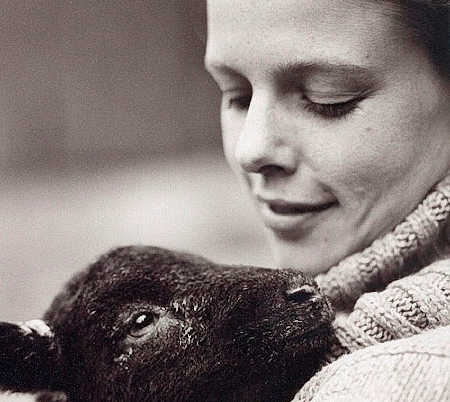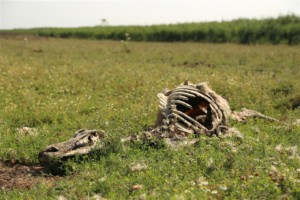What Is An Acceptable Level Of Welfare In Rewilding Projects?

Caroline Grindrod
When there is national press coverage and a ‘buzz’ around a certain topic it’s a good idea to create content that hooks your business into the conversation.
This piece was written in response to an article in the guardian that generated some strong opinions.
Many companies try to keep their marketing generic, diluting their message in the hope they will appeal to more people. This creates a corporate sounding message that individuals don’t connect to or get passionate about.
This sort of opportunity is a great way to use your unique voice to clarify your stance.
I was sickened to see the images on Twitter of the starving animals in the Oostvaardersplassen rewilding project in Holland; i’m sure most people would be. We live in a city-centric society where many people’s main association with animals comes through Disney films or cute dogs dressed up in human clothes! This can lead to a dangerous disconnect from the actual harsh reality of nature in action.
But when animals are fenced into an area, it’s not truly ‘wild’, it’s managed. In these cases, I believe we have a responsibility to ensure an acceptable level of health within the populations is maintained.
But what’s an acceptable level?
As I have walked around the overgrazed livestock fields in the Northern uplands last Winter and Spring I have been as equally shocked and saddened by the death and starvation happening all around us as by the horror unfolding in the rewilding project in Oostvaardersplassen.
According to the fallen stock collection services, livestock deaths last winter were up 40% on the previous year. That’s going to add up to a lot more than 3000 animals and I can assure you these animals were not humanely dispatched. (1)
It highlights many important questions that need to be considered about the process and effectiveness of grazing on our environment. We seem to be getting it wrong in the extremes of both farming and conservation.
Subscribe to my newsletter to stay informed!
Sign up and receive the latest posts in your inbox every week
